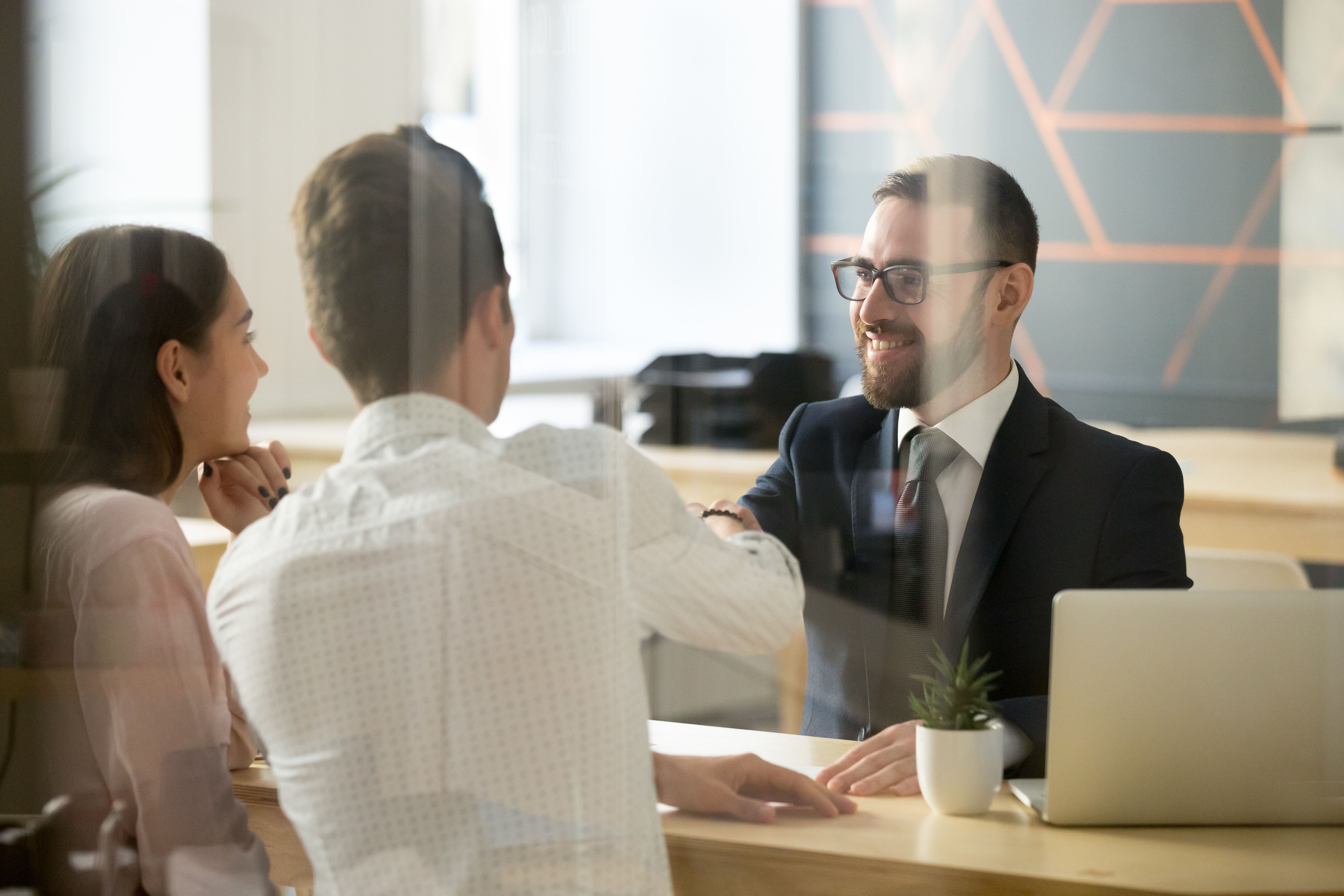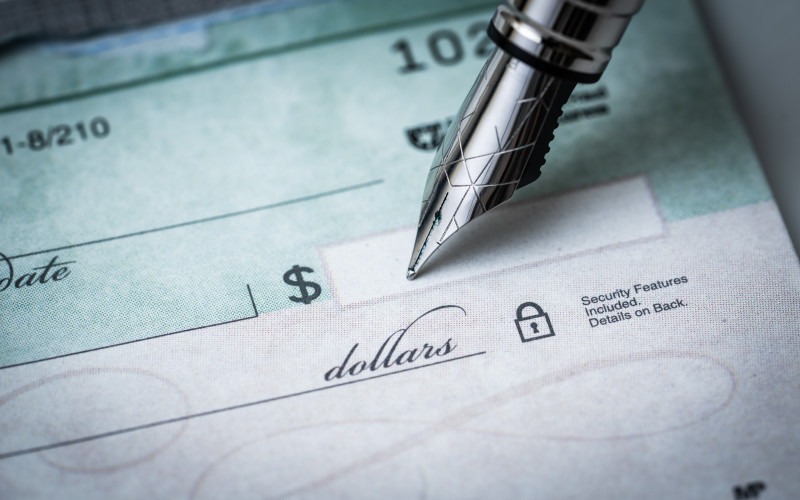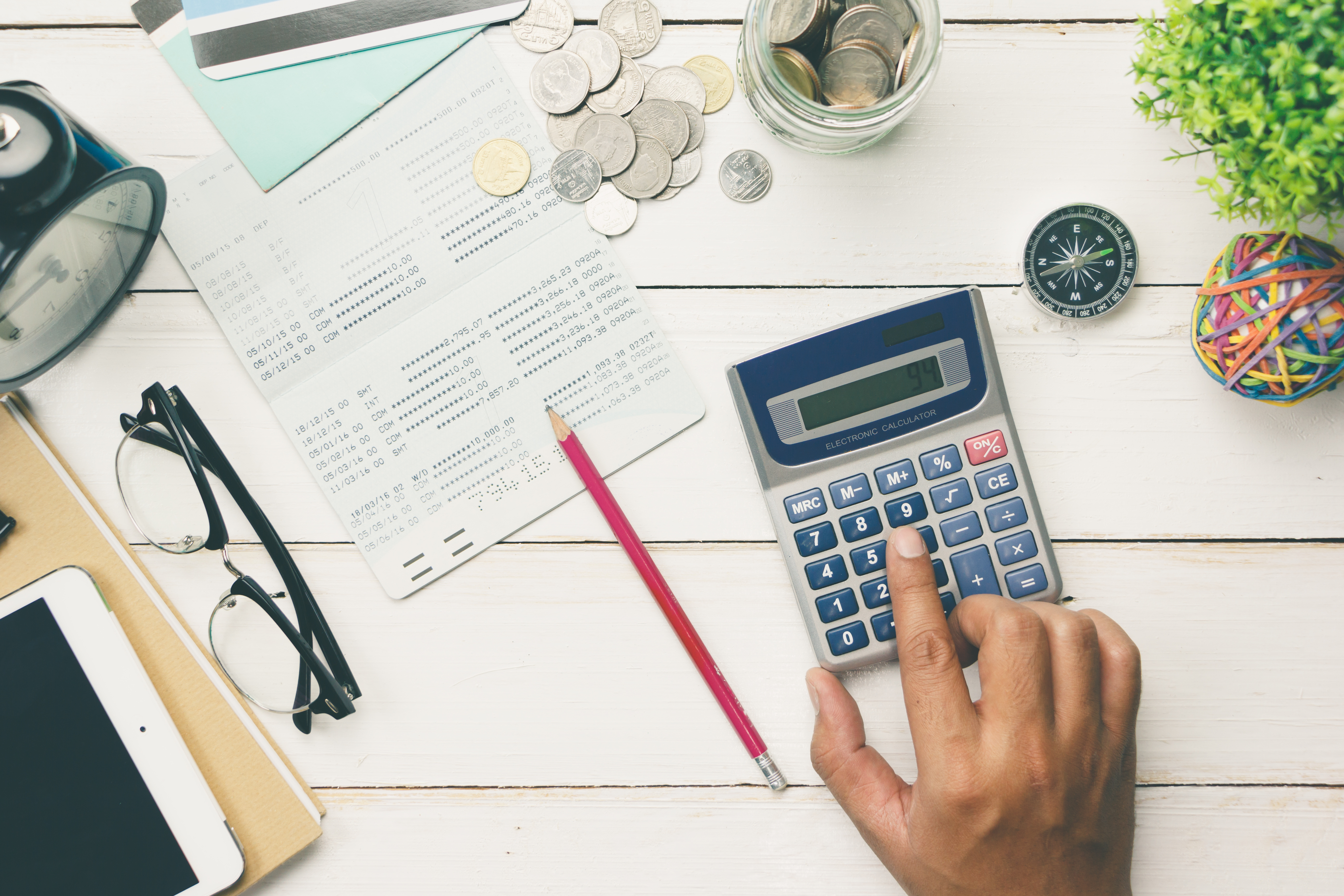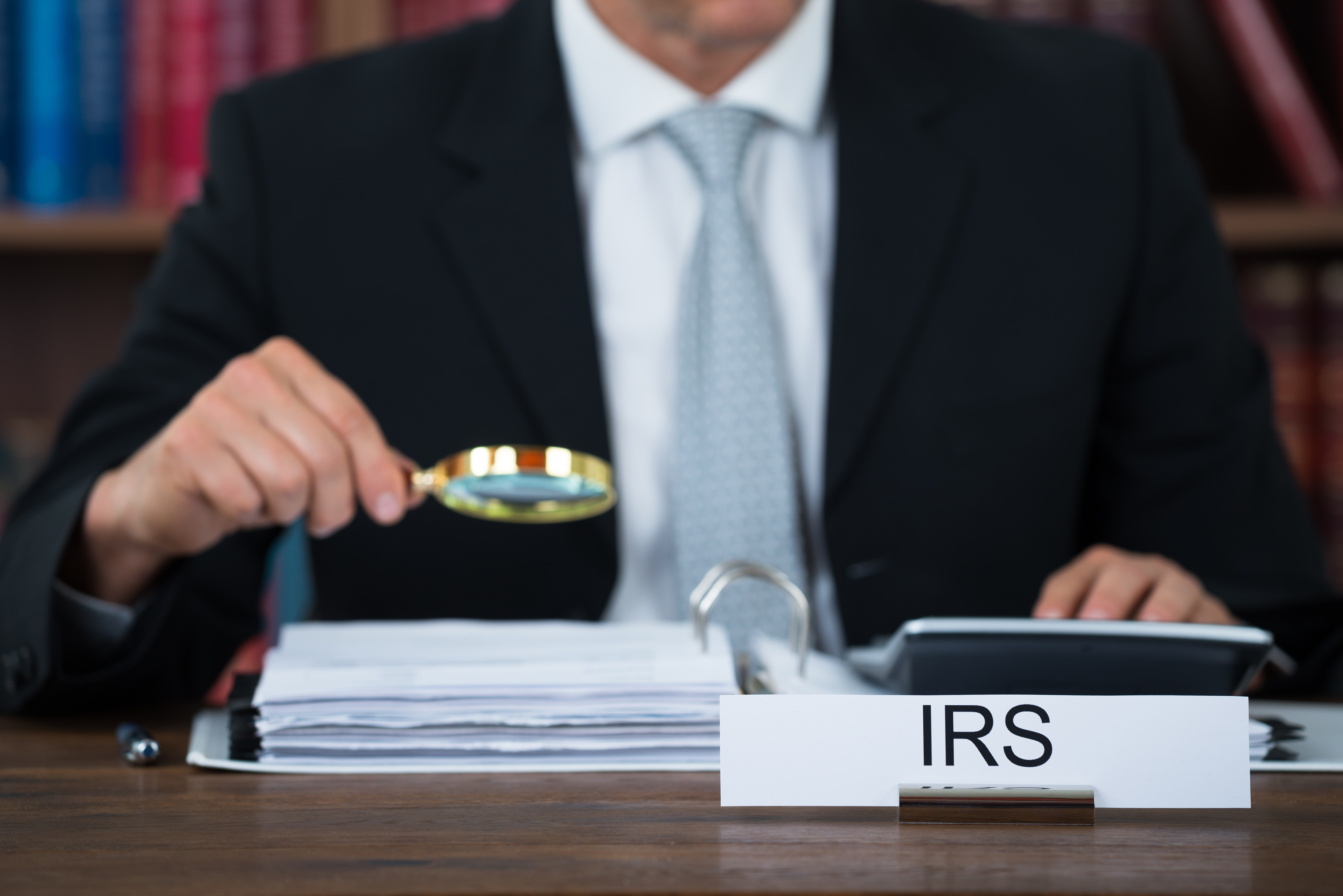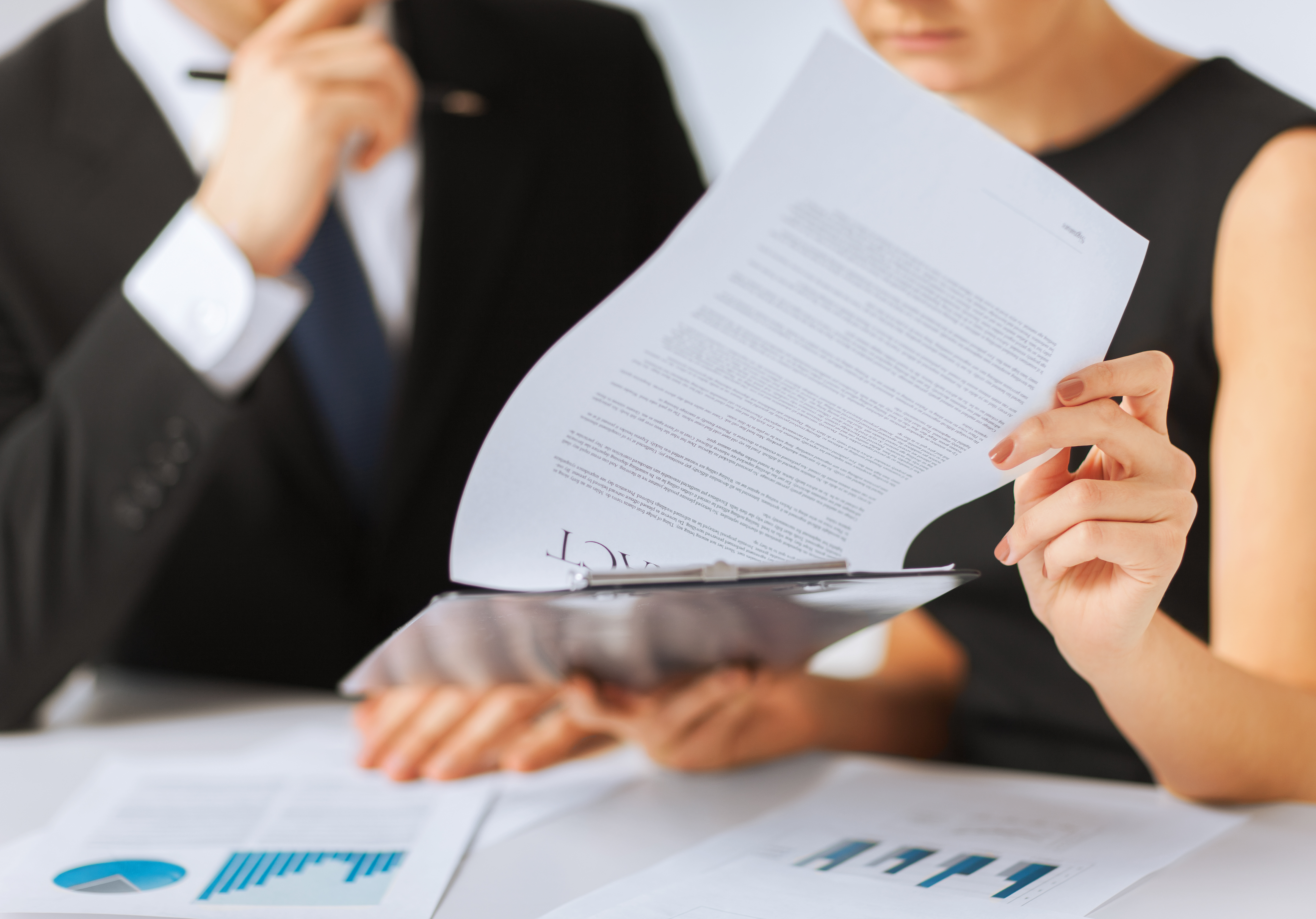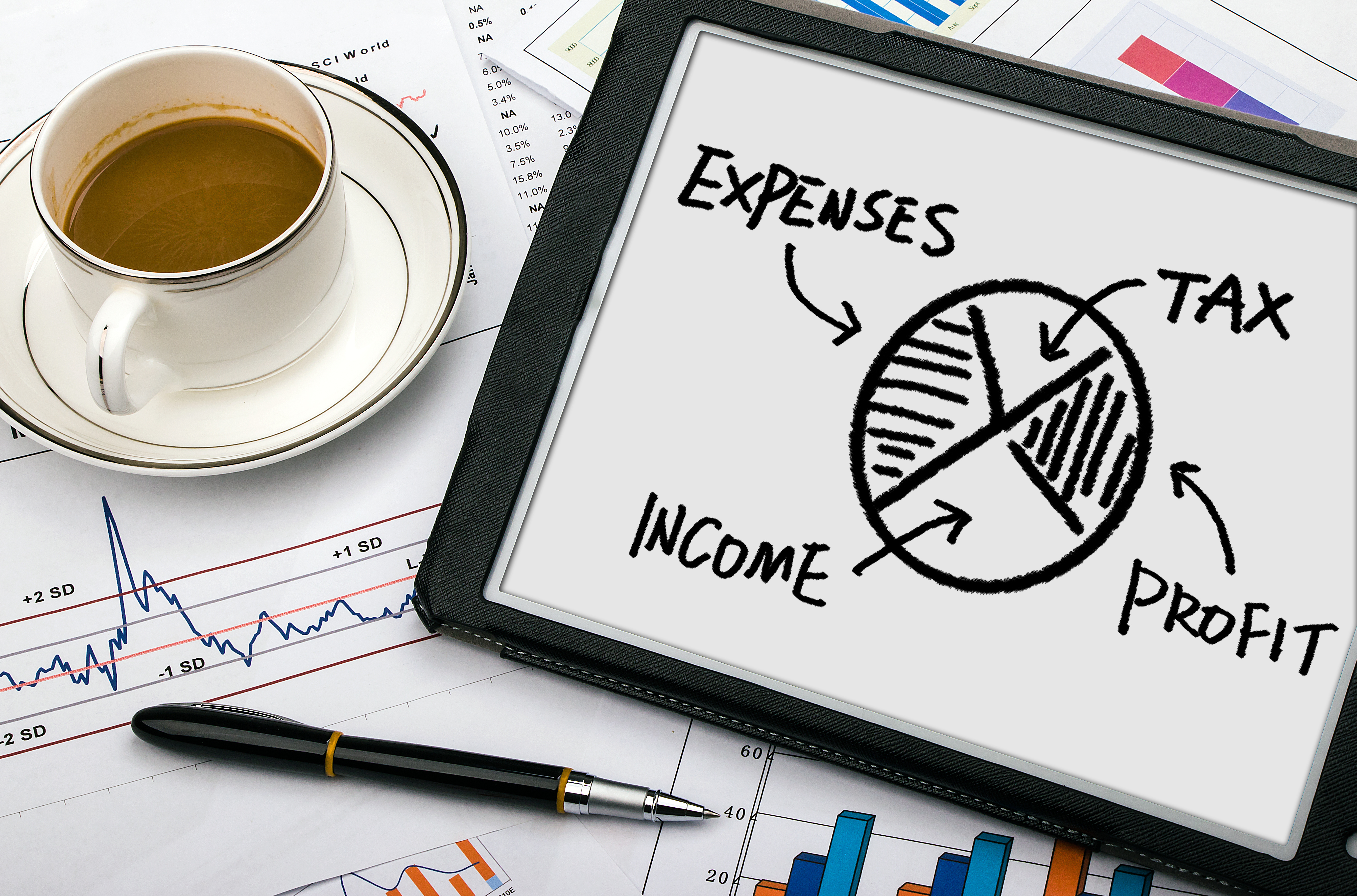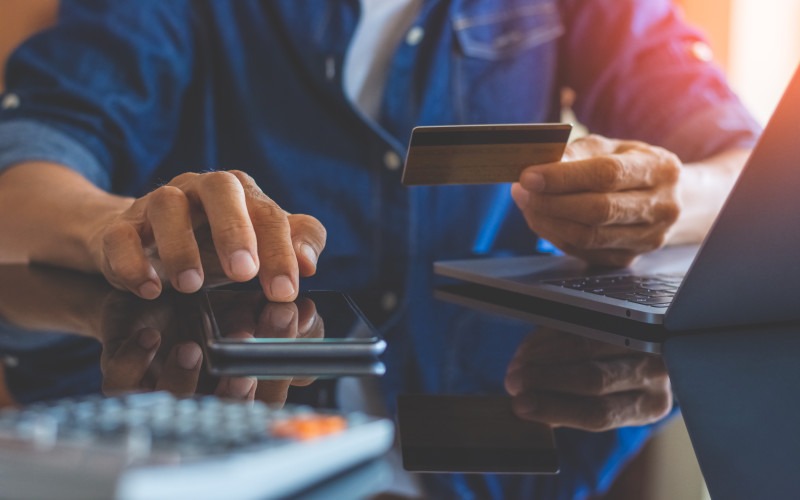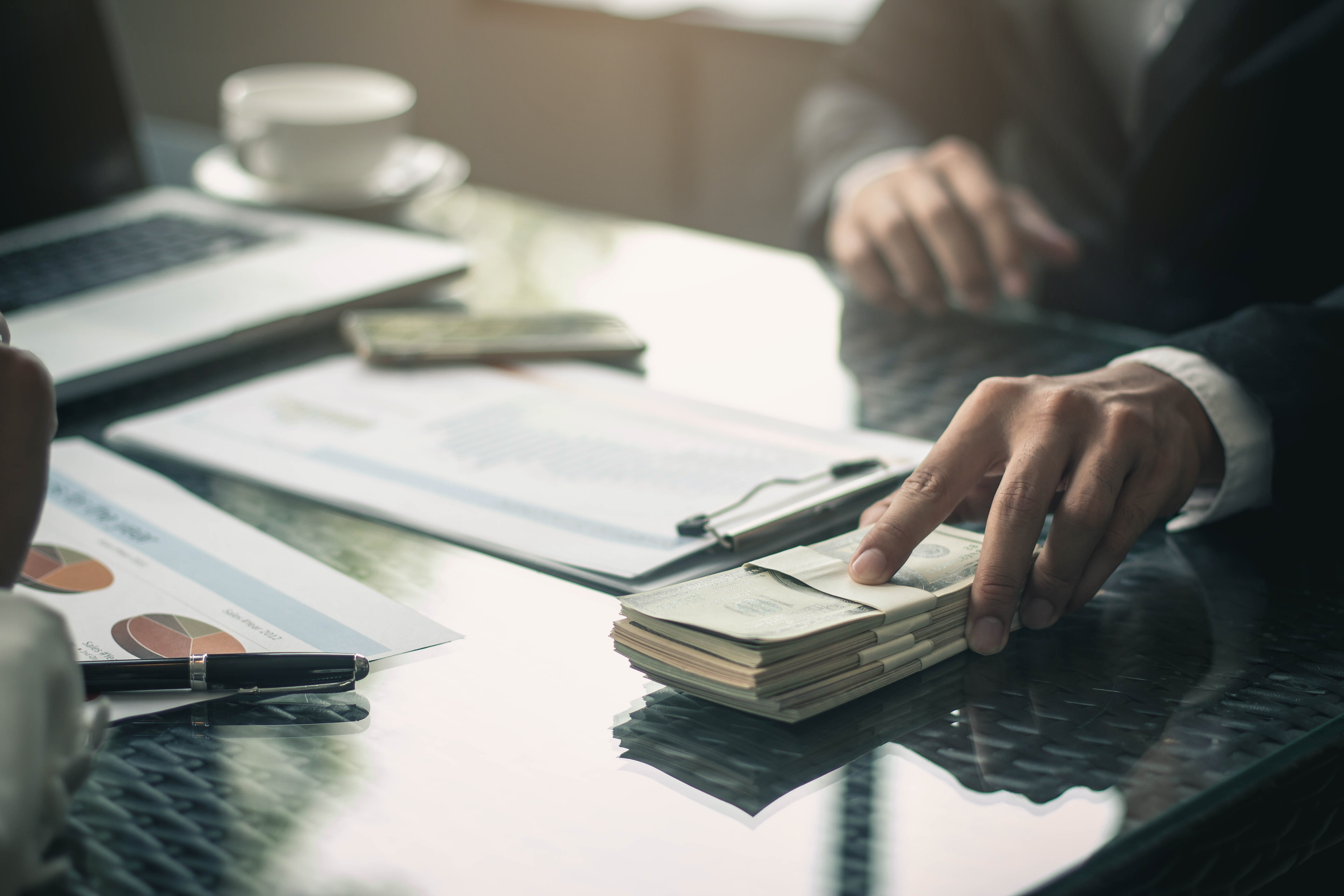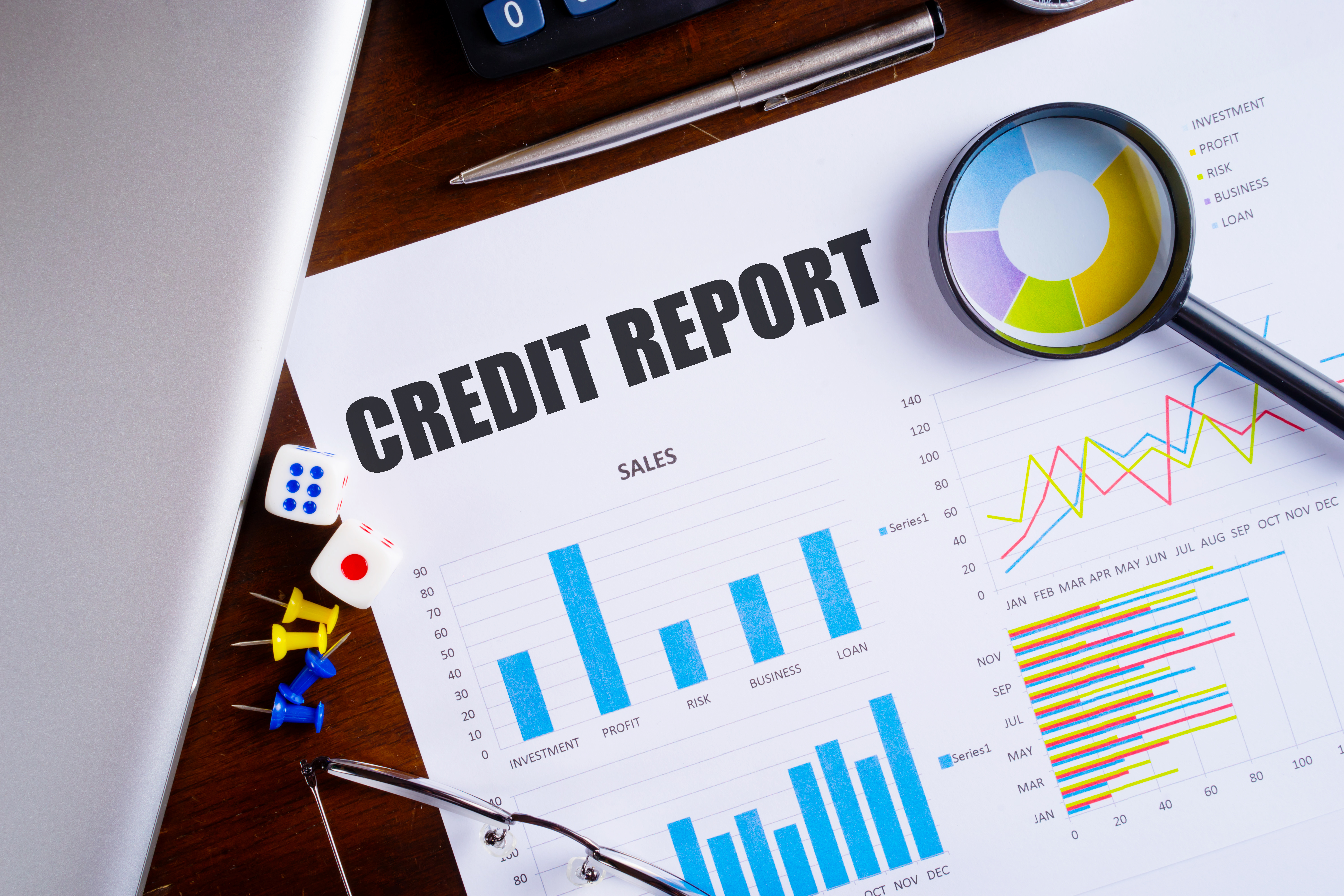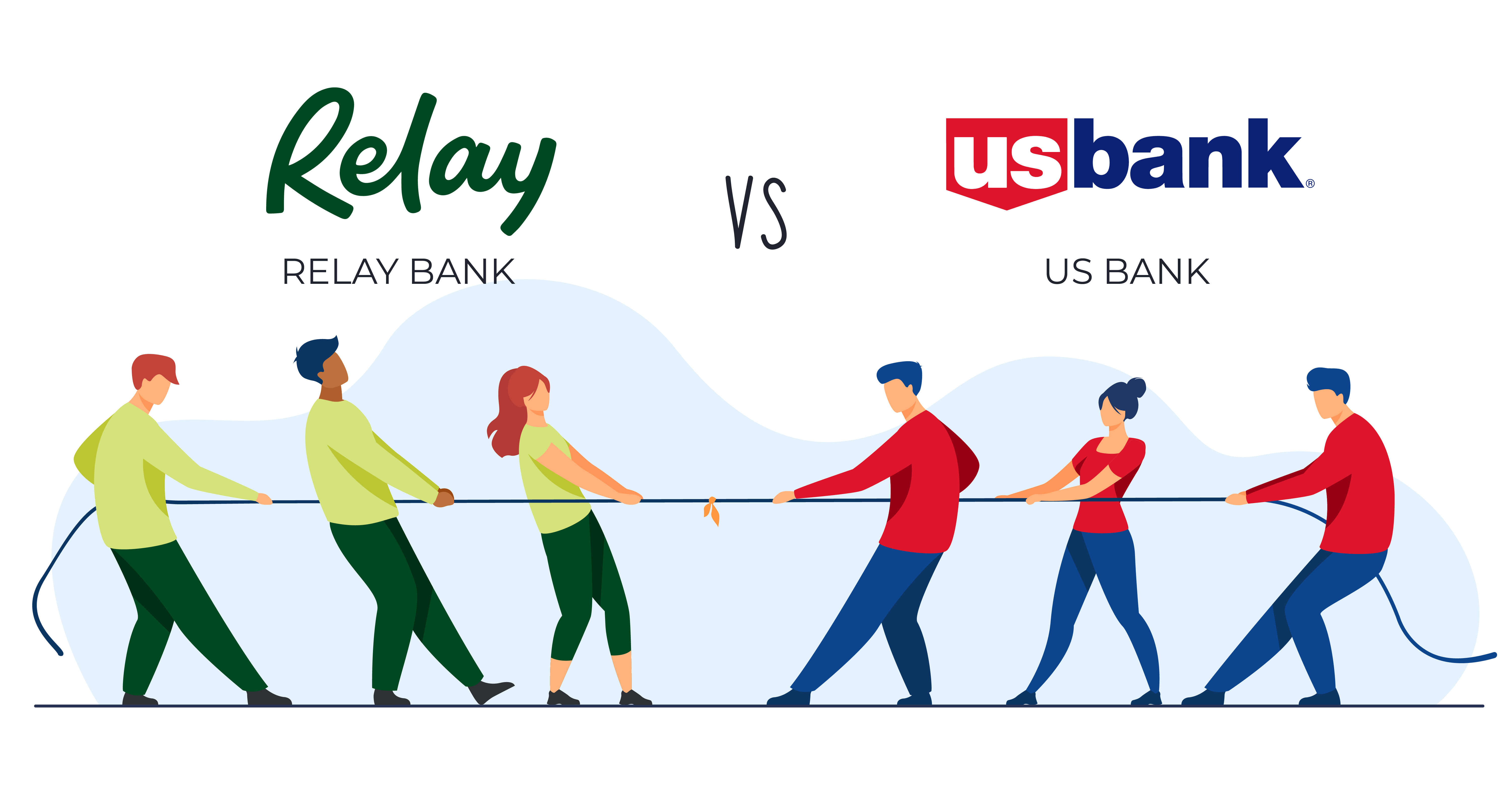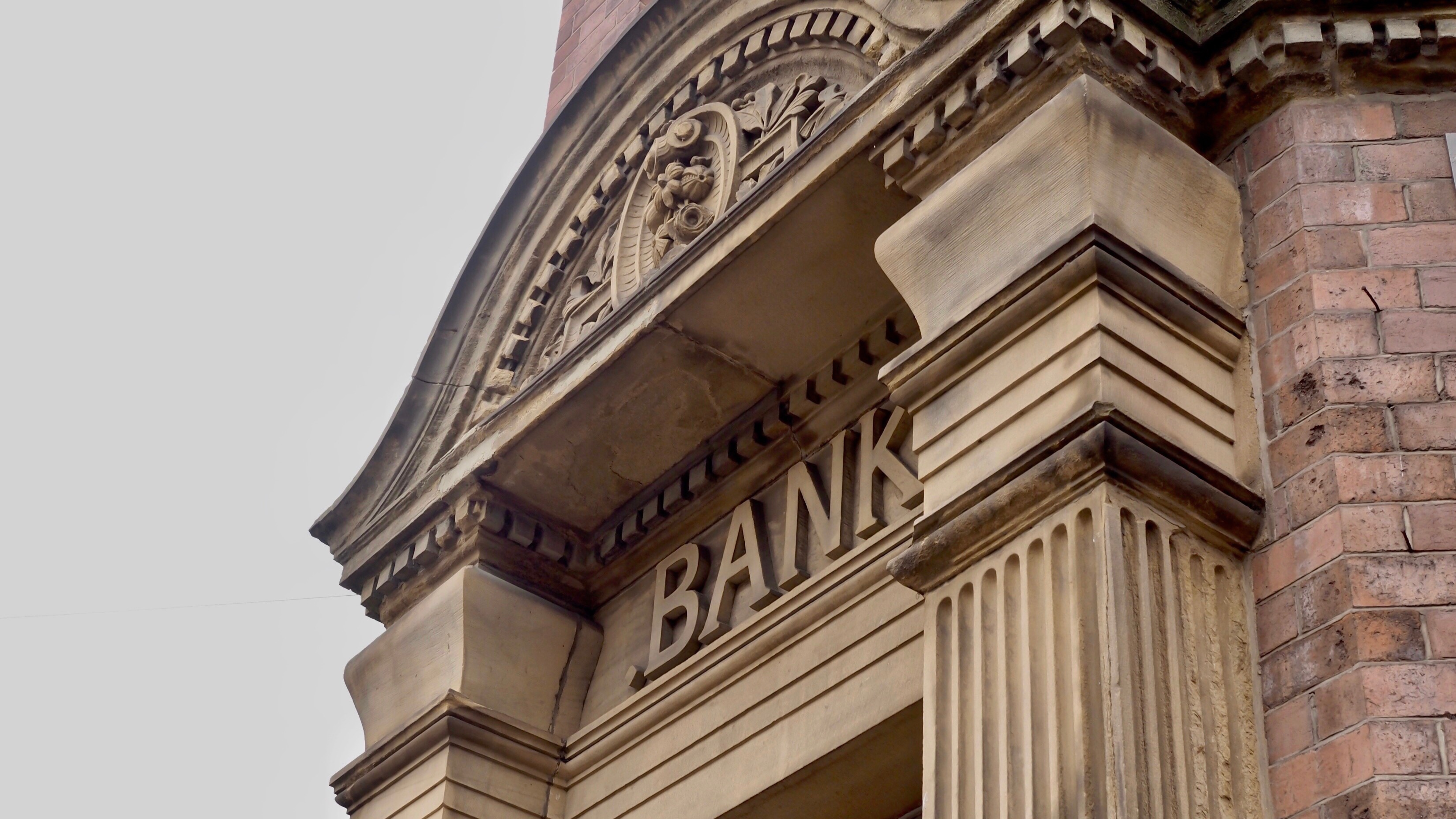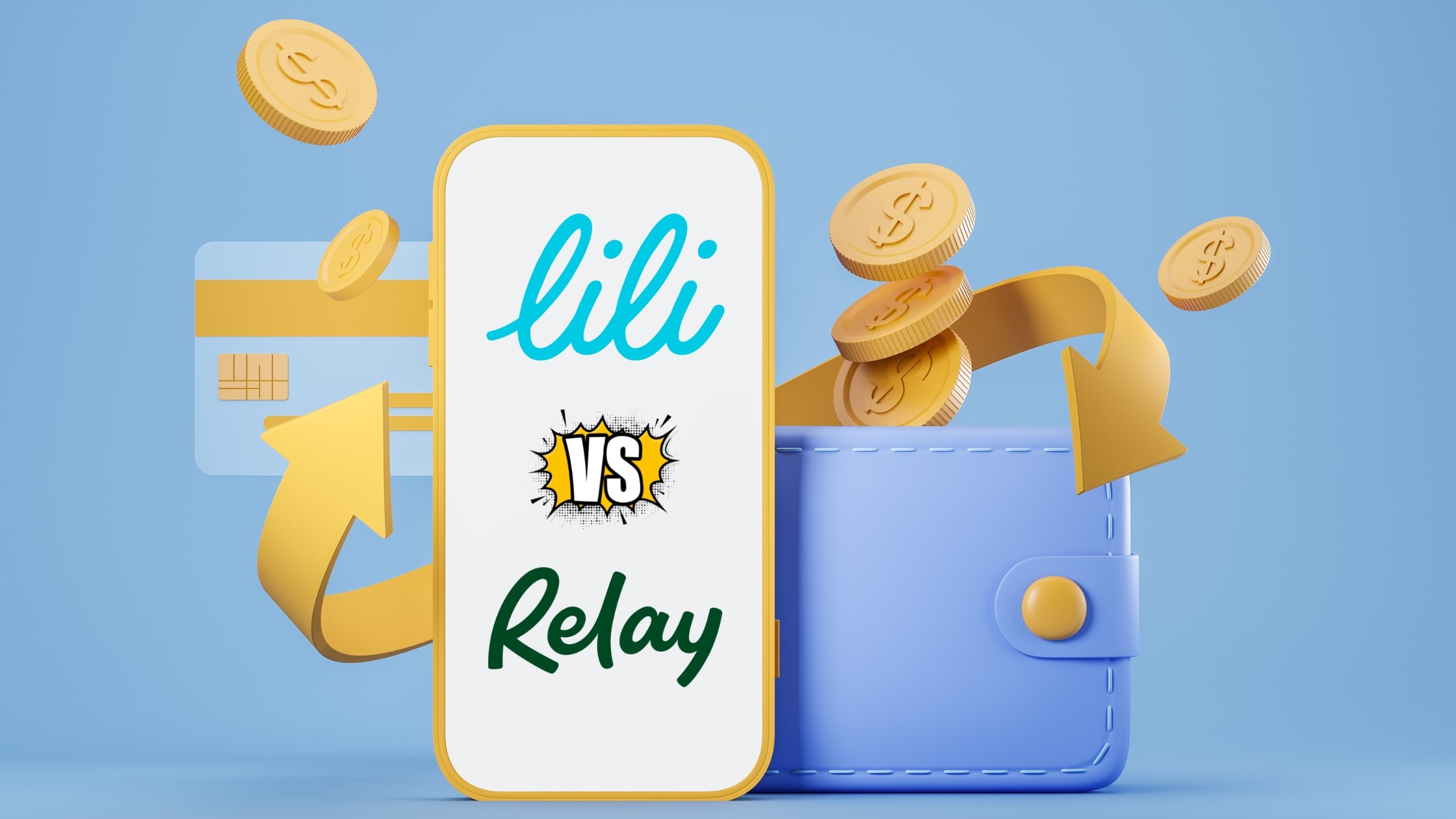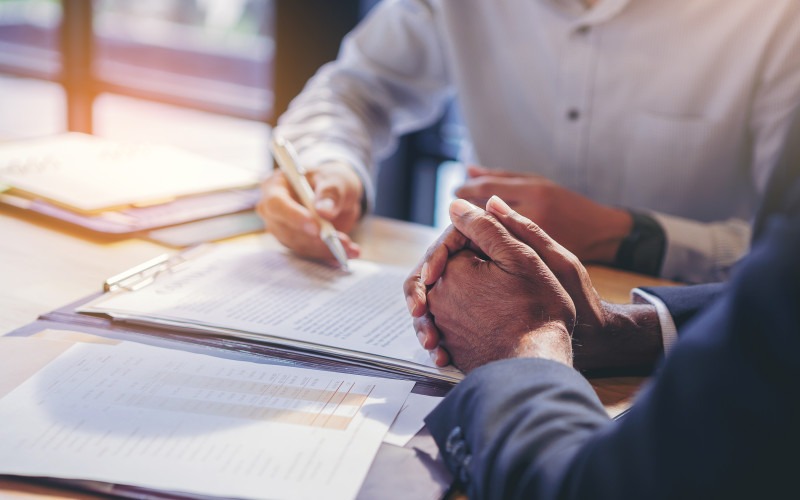Backup Withholding Requirements: All You Need To Know
Key Takeaways
- Tax law requires withholding from certain payments (e.g., interest, dividends) to be sent to the IRS
- Backup withholding triggered by: incorrect IDs, name-TIN mismatches, exemptions omission, and past withholding issues
- Exceptions for most U.S. citizens with correct TINs, retirement accounts, some payments (e.g., wages), and specific organizations, but not all
- Usually 24% withholding, reported via Form 945; payees get Form 1099 with withheld amount
- To resolve issues, provide valid TIN, correct payer errors, report withholding on tax returns, keep records for 4 years, seek IRS help if needed
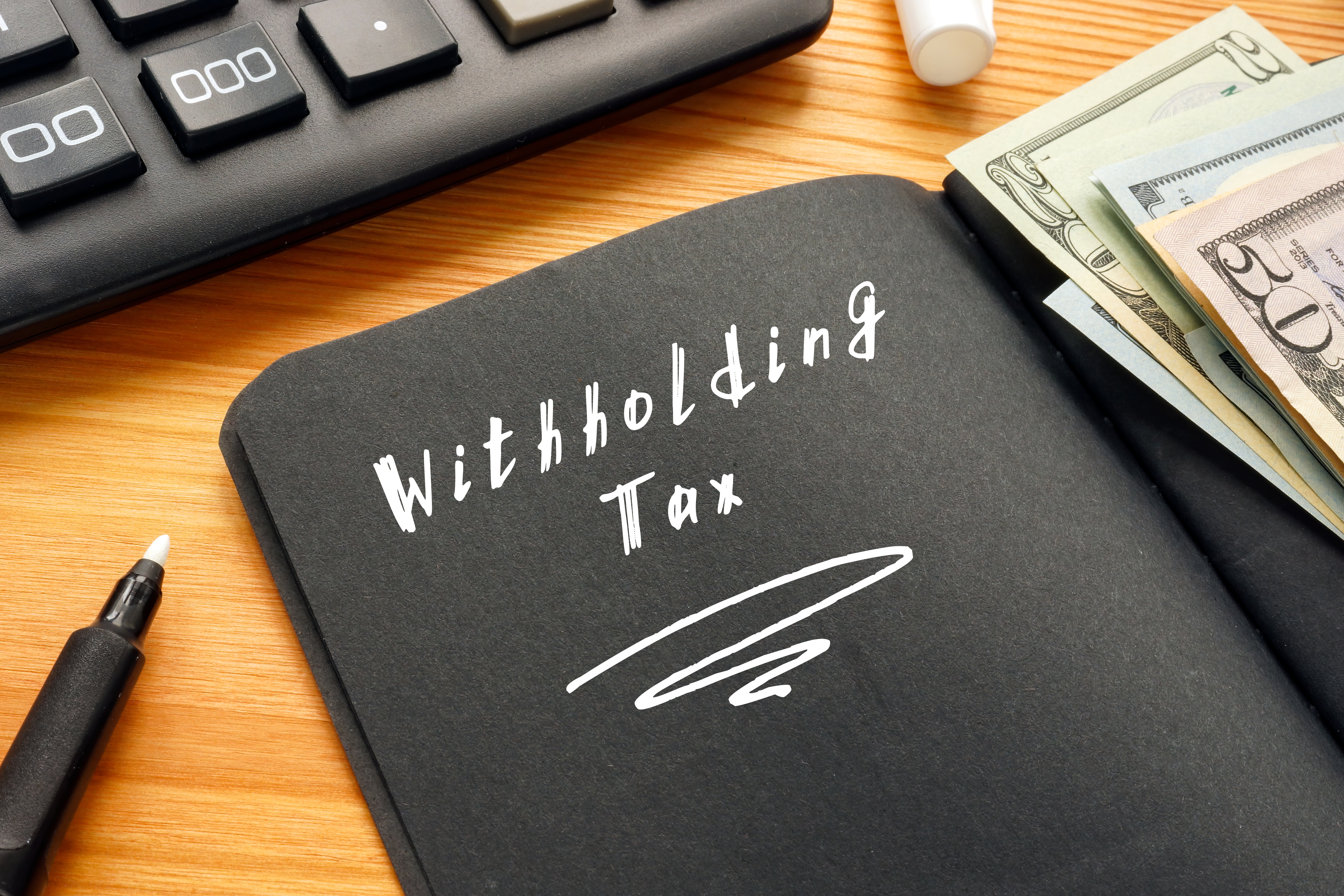
Backup withholding is a tax measure where payers, including those involved in business banking, must withhold a portion of certain payments and remit them directly to the IRS. This requirement ensures the government collects taxes timely from various income sources that aren't typically subject to regular withholding, such as interest, dividends, independent contractor payments, and business transactions. Here's what you need to know about how it works, who it affects, and how to manage it effectively.
What is Backup Withholding?
The IRS backup withholding requires payers to withhold tax payments that are generally not subject to being withheld. This applies to only certain types of 1099 incomes that are non-employment earnings of an individual. The types of payment include interests, royalties, rent, dividends, patronage dividends, stock brokers' payments on asset transactions, gambling winnings, etc.
So, why are payers required to pay this amount to the IRS instead of the payee? In simple terms, it is to ensure that the government gets its taxes.
Backup withholding rates are calculated using the IRS tax rates of 24% for resident aliens and U.S. citizens, and 30% or 10% for non-resident foreigners all depending on the type of income.
How Backup Withholding Works
Investors often earn income, such as interest payments, dividends, and distributions, from their investments. While this income is taxable upon receipt, the associated taxes are typically due annually during tax season.
However, there is a potential risk that investors could spend all their investment income before the yearly income taxes are due. This situation could result in an inability to pay taxes, leading to the IRS facing challenges and expenses in collecting the owed taxes. This risk prompts the government to occasionally mandate backup withholding taxes, which financial institutions apply when investment income is earned.
Certain taxpayers qualify for exemptions from backup withholding. If you have correctly reported your name and SSN to the payer using Form W-9, and this information matches IRS records, and if the IRS has not issued a notification of mandatory backup withholding, you may be eligible for an exemption.
Payments Subject to Backup Withholding
If you are not eligible for an exemption, the following payment types are typically subject to backup withholding:
- Attorney’s fees
- Interest
- Dividends
- Government transfers
- Rents
- Royalties
- Commissions
- Gambling winnings
- Patronage dividends
- Payment Card and Third Party Network Transactions
- Payments from brokers for securities transactions
- Payments from fishing boat operators
Is Backup Withholding a Bad Thing?
This can be problematic as it locks funds with the IRS that could otherwise be invested. On the flip side, if you are subject to backup withholding, you may eventually receive a portion of that money back as a tax refund.
Circumstances that Trigger Backup Withholding
Backup withholding tax is withheld by the citizens for incomes that are not subject to payment otherwise. When an investor withdraws income that is made from his investments, the amount for withholding per the current tax rate is paid to the government. This enables the government to get the remaining tax funds. However, the investor is left with less money in the process.
Most U.S. citizens are exempted from withholding. But, there are a few circumstances under which they may be applicable for withholding.
First off, when an incorrect taxpayer identification or TIN is used while filing taxes, backup holding may be required. The TIN is typically the payee's Social Security Number or Employer Identification Number. Another circumstance during which a backup withholding may be necessary is when their name and TIN mismatch. To elaborate, if the name and the TIN do not match up according to the IRS records, the IRS will reach out to the payer if withholding is required.
Similarly, some payees may be exempted from backup withholding if they meet the eligibility criteria like being a tax-exempt organization. However, the payee must provide the payer with a proper valid exemption certificate. In case the payee fails to do so, a backup withholding may be initiated. Lastly, if the payee has backup withholding applied to their previous payments and failed to declare so while filing with the IRS for their tax returns, backup withholding may be required on their future payments.
It’s essential to note that while these circumstances may trigger backup withholding, that is not always the case.
Exceptions to Backup Withholding
As stated above, most American citizens are exempt from backup withholding as long as their TIN and SSN are on file and correct with their broker. This means that the name on the file matches their real name. In addition to this, retirement accounts and unemployment payment is also exempted from backup withholding.
Moreover, some taxpayers are also eligible for exemption. In case you’ve reported your name and SSN to Form W-9, and it matches with the IRS documentation, it is the IRS’s responsibility to notify you. If they fail to do so, you may be eligible for an exemption.
For payers, an exemption may be a possibility in cases of wages paid to employees, payments made to corporations, payments made to foreign persons who are subject to withholding under a different withholding regime, etc.
Exemptions can also be applied to payments that are made to tax-exempt organizations and government entities along with payments made to individuals who are not paid the threshold amount each year. One should also note that just because a payee or payer is exempted from backup withholding, it doesn’t exempt them from other types of withholding.
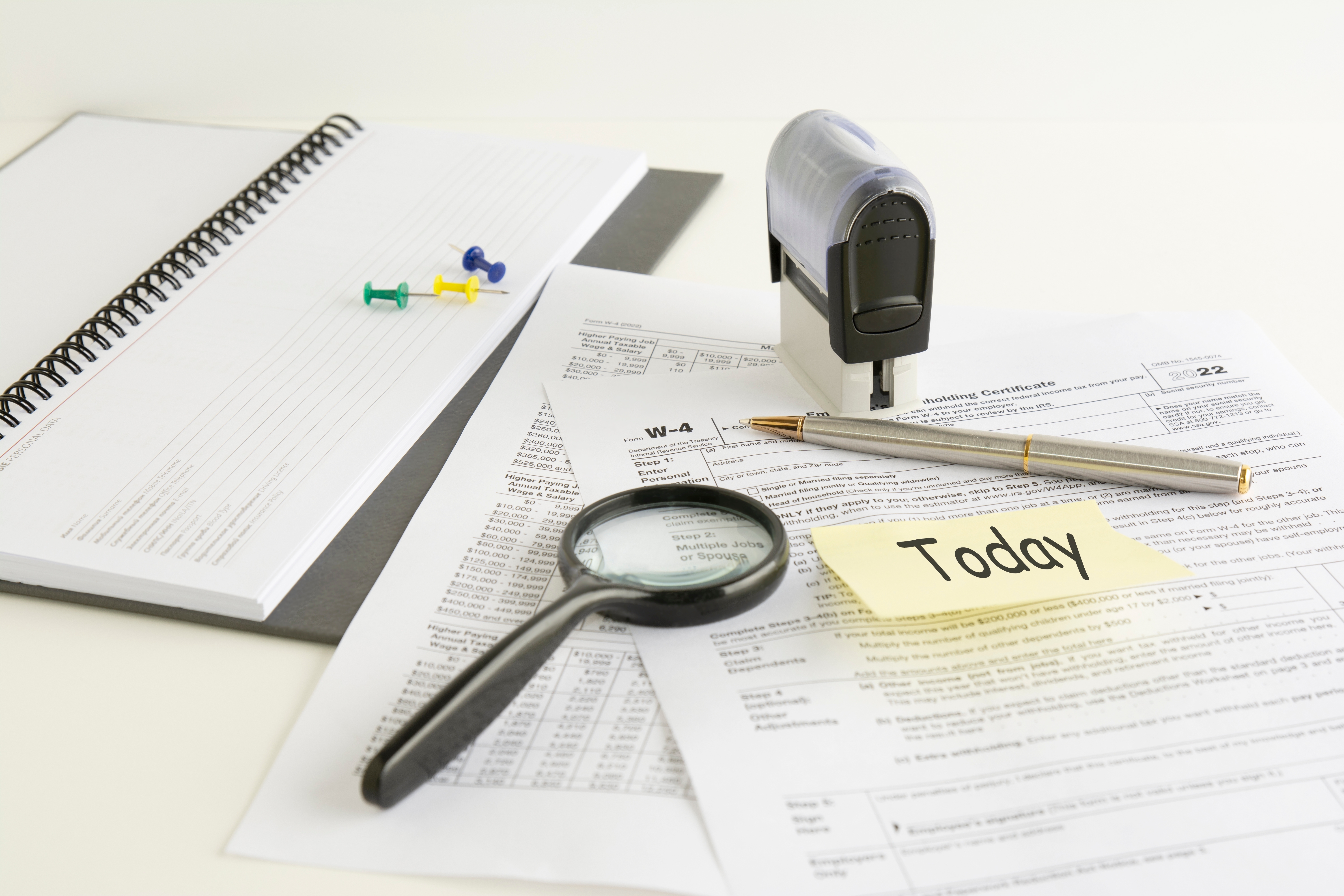
How to Prevent or Stop Backup Withholding
If you're unsure why backup withholding is happening, start by reaching out to your employer or contractor. Verify that all your information matches theirs to ensure accuracy. It's essential to check this each tax season when you receive your W-2, as you might not be aware of backup withholding.
Errors can occur, so if there's a discrepancy, you may need to submit a "B" Notice to the payee. Sometimes, discrepancies arise due to input errors, recent updates, or IRS processing mistakes. In such cases, make the necessary corrections or updates to your records.
If you're missing Taxpayer Identification Numbers (TINs), check if backup withholding is already in place. If not, initiate backup withholding immediately to avoid penalties for not providing this information on your return. You're required to make up to three solicitations for the TIN to resolve the issue, including initial, first annual, and second annual attempts.
There's no need to contact the IRS after making corrections or updates, but remember to keep your personal records up to date.
How to Calculate the Amount of Backup Withholding?
The amount of backup withholding depends on the payment amount subject to withholding and the current backup withholding rate.
Currently, the backup withholding rate is set to be 24% of the total payment amount. So the backup withholding amount, you could multiply the payment amount subject to backup withholding by 24%.
For example, if the subject payee receives a payment of $1000, the payer would withhold $240 and remit that amount to the IRS on behalf of the payee. Backup withholding is only applicable on a portion of the payment. If a payment includes both non-taxable and taxable portions, backup withholding will only apply to the taxable amount. As a payer, required to withhold, you should always keep proper records of the payments of the amounts withheld and report them to the IRS with the help of Form 945, Annual Return of Withheld Federal Income Tax, at year-end. The payee also receives Form 1099 highlighting the amount of backup withholding from said year.
When Should Backup Withholdings be Remitted to the IRS?
Backup withholding should be remitted to the IRS regularly depending on the payer’s tax deposit schedule.
If the payer is an organization or a business that needs to make federal tax deposits, the backup withholding should be remitted with the remaining deposits using the Electronic Federal Tax Payment System or the EFTPS. In case the payer does not need to make federal tax deposits, backup withholding can be done via Form 945 which is the Annual Return of Withheld Federal Income Tax.
Form 945 is filed on an annual basis and backup withholding should be remitted with the form. Payers should file the form on time to avoid any fines, penalties, and interest charges. The due dates for tax deposits and Form 945 are usually based on the payer’s tax liability and tax deposit schedule. It is recommended that the payer consult their tax advisor or the IRS to know their specific due dates since it’s not the same for everyone.
Additionally, fines can also be charged in case the payer underpays taxes if backup withholding is not correctly credited to their tax account.
What are the Penalties for Failing to Comply With Backup Withholding?
If a payer fails to report backup withholding to the IRS, there are a few penalties that the IRS can impose on them.
In case of failure to report backup withholdings to the IRS, the payer would be subjected to paying a fine under Section 6651(f) which states that “Penalties may apply if an employer fails to file Form 945 and report backup withholding. The penalty amount is 5% of the amount of tax required to be shown per month (or fraction of a month) with a maximum aggregate amount of 25%.”
To elaborate, in case the payer fails to collect and pay backup withholdings, a penalty of 1.5% of the whole amount withheld can be assessed for each month the failure continues. The penalty amount can go up to 25% of the amount owed.
Moreover, if there is a failure to furnish a correct payee statement, a penalty of $50 can be charged for each incorrect statement and the amount can go up to $565,000 per year. The same penalty is applicable in the case of failure to file correct information returns.
Lastly, if there is an intentional disregard for backup withholding requirements, a penalty of 50% would be applied to each instance of intentional disregard.
How to Report Backup Withholding on Tax Returns?
If you have any backup withholding, you will get Form 1099 showing the amount of withholding. As the payer, you need to show this amount on your tax returns even though the income is subjected to backup withholding and is already highlighted on Form 1099.
While preparing for your tax returns, you need to make sure to report backup withholding on the appropriate line. If you receive a Form W-2 showing wages that were subject to backup withholding, you can report the withholding amount on line 25 of your Form 1040 or 1040-SR.
If you received a Form 1099 for income subject to backup withholding, you will need to report the withholding amount on the "Other Taxes" line of your Form 1040 or 1040-SR. You will also need to explain why backup withholding was applied; for example, failure to provide a correct taxpayer identification number.
If you had backup withholding on income from a state or local government or other tax-exempt organization, you would need to report the backup withholding amount on your tax return as well. The reporting requirements may vary depending on the type of income and the type of organization.
It’s recommended that you consult with the IRS or a professional about your specific situation to avoid any mistakes or mishaps.
Record-keeping Requirements For Backup Withholding
Like with most tax requirements, it is suggested that you keep records of all backup withholding amounts.
Payers who are required to withhold backup taxes are required to maintain records of:
- Amounts withheld
- Payee’s name
- Payeee’s address
- TINs of payees subjected to withholding
These records need to be kept and maintained for a minimum of four years after the tax due date or the date on which the taxes were paid, whichever is later. Payers also need to provide annual statements that highlight the amount of income paid and the amount of backup withholding, separately. The payee must be provided with the statement no later than January 31st of the year following the payment.
It is important to maintain accurate records and provide timely statements to comply with backup withholding requirements and avoid potential penalties for noncompliance.
How to Obtain a Taxpayer Identification Number to Avoid Backup Withholding?
To avoid backup withholding, you need your payee’s Tax Identification Number or TIN. This is typically your Social Security Number if you are an individual, or your Employer Identification Number if you are a business entity.
If someone doesn’t have a TIN, they can apply to get one with the IRS.
To apply for an SSN, you will need to fill out Form SS-5 and provide the necessary documentation, such as a birth certificate, passport, or other identification. To apply for an EIN, you will need to fill out Form SS-4.
You can apply either via mail, online at the IRS website, or in person at an IRS Taxpayer Assistance Center.
How to Resolve Backup Withholding Issues With the IRS?
If you have been subject to backup withholding or have any issues related to backup withholding, there are steps you can take to resolve the issue with the IRS.
The first step is to make sure that you have provided your payer with a valid TIN. If you have not provided a TIN, or if the TIN you provided was incorrect, you will need to apply for a new TIN and provide it to your payer.
If backup withholding was applied in error, you should contact your payer to correct the error. Your payer can provide you with a credit for the amount withheld on your next tax return.
If the backup withholding was correctly applied, you will need to report the withholding on your tax return and pay any additional taxes owed. You can also contact the IRS to request a refund if the amount withheld was more than the tax you owed.
If you have any questions or concerns about backup withholding, you can contact the IRS for assistance. The IRS has a variety of resources available, including tax publications, online tools, and phone support, to help you resolve any issues related to backup withholding.

Bottom Line
Backup withholding, implemented by the IRS to prevent tax deficits, can temporarily restrict funds that might otherwise be used for investments. Fortunately, the majority of U.S. citizens are exempt from backup withholding, provided that their social security number or taxpayer ID is on record and matches the personal details of the brokerage account holder.
Who is exempt from backup withholding?
The majority of U.S. citizens are not subject to backup withholding, as long as their Tax Identification Number (TIN) or Social Security Number (SSN) is registered with their broker and matches their legal name. Additionally, retirement accounts and unemployment income enjoy exemption from backup withholding.
Who is subject to backup withholding?
Backup withholding may apply to you under certain circumstances. This includes being a foreign citizen or an American who has not supplied the correct TIN/SSN, completed the necessary certifications, or reported all taxable interest and dividends to the IRS on your tax return.
How do I know if I am exempt from backup withholding tax?
Certain individuals are exempt from backup withholding tax based on their IRS status. It's crucial to determine whether you fall under this category before making investments.
You may be exempt from backup withholding tax as a taxpayer if you have furnished your Social Security number and name to the payer using a W-9 form, and this information matches what you provided to the IRS.
Typically, the IRS will inform you if you are subject to backup withholding tax. If you haven't received such notification, you might be exempt. Therefore, it's advisable to check your status if you haven't received any notices.
Why is my bank asking about backup withholding?
If backup withholding applies to you, you will usually receive communication from both your bank and the IRS. When the IRS mandates withholding taxes from your interest payments, it's most convenient to manage this process through your bank, where you receive those payments.
When you open a new investment account or initiate investments at a bank for the first time, it's essential to provide them with your accurate name and TIN or SSN. As long as you furnish a correct W-9 to the institution handling your investments, you can avoid concerns about backup withholding tax.
Edited by:
Bryan Huynh
•
Product Tester & Writer






















